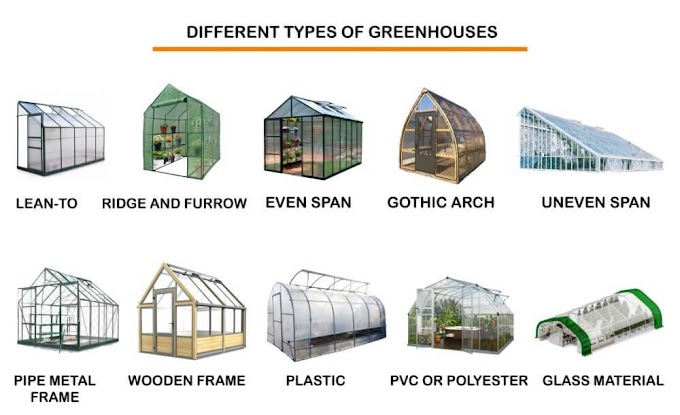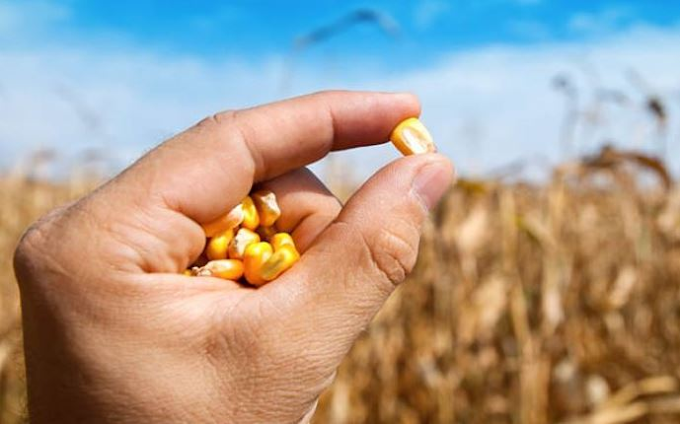Mulethi Cultivation (मुलेठी की खेती)
It is known as sweet root and is used to prepare
various ayurvedic medicines. Its roots are used for preparing various drugs.
Drugs prepared from mulethi are used to cure skin problems, jaundice, ulcers,
bronchitis etc. It is perennial shrub with average height of 1-2m. Flowers are
of purple to pale whitish blue in color having 0.8-1.2cm length. Fruits contain
numerous seeds and are 2-3cm long. Roots are sweet in taste and have no odor.
It is found throughout the world in Greek, China, Egypt and India and is native
to parts of Asia and southern Europe. In India it is cultivated in Punjab and
sub Himalayan tracts.
CLIMATE
Temperature: 15-30°C
Rainfall: 50-100cm
Sowing Temperature: 8-18°C
Harvesting Temperature: 15-25°C
SOIL
Owing to its hardy nature it is grown in variety of
soils i.e. acidic to slightly alkaline soil. If soil is alkaline it requires pH
of 5.5-8.2. It gives best result when grown under sandy loam fertile soil
having pH of 6-8.2.
POPULAR VARIETIES WITH THEIR YIELD
G.
glabra: Found in
Turkey, Iran, Iraq, central Asia and north-western part of China. There are
three further varieties of G. glabra viz. Spanish and Italian licorice (G.
glabra var. typical), Russia licorice (G.glabra var. glandulifera)and Persian
and Turkish licorice (G.glabra var. violacea)
G.
uralensis: Found in
central Asia, north-western and eastern parts of China and Mongolia.
G.inflata: Found only in north eastern parts and autonomous
region of China-the Xinjiang Uygur.
LAND PREPARATION
For mulethi plantation, it requires well leveled
fields. To bring soil to fine tilth, plough land properly to avoid stagnant
water in fields.
SOWING
Time of sowing:
Prepare nursery in the month of January to February. The planting can be done in February – March or July – August.
Spacing
Plant spacing should be 90 x 45cm.
Direct sowing or transplanting
SEED
For good growth of plant use stem cutting
100-120kg/acre. The beds should be 6-8cm deep.
NURSERY
MANAGEMENT AND TRANSPLANTING
Prepare fields properly before sowing. The stem or
root is taken for propagation. 15-25cm long root/stem having 2-3 eye buds is
taken for sowing. Sowing is directly done in the main fields.
After sowing light irrigations must be done during
spring. Irrigations should be done frequently until roots/stems establish
themselves in soil. The planting can be done in February – March or July –
August.
FERTILIZER
It doesn’t require any fertilizers. If the land is
poor then at the time of land preparation, apply compost mix it well with soil.
Mulching is done to retain the moisture in the soil.
WEED
CONTROL
Hoeing and weeding is done to keep the field weed
free. In first year of planting 3-4 hoeing cum weddings are given and then in
next year 2 weeding cum hoeing is required for healthy growth of crop
IRRIGATION
In dry summer season, apply irrigation with interval
of 30-45 days and in winter season it does not require any irrigation. In total
there are 7-10 irrigations are given to the crop. Stagnation of water should be
avoided as it will cause root rot disease.
PLANT
PROTECTION
Pest
and their control:
Spider
mites: They invade
the foliage usually in dry summers.
Spraying water to foliage helps to get rid from this disease.
Slugs: The slugs affect the plant by feeding themselves on green leaves. Application of copper wire or diatomaceous earth is used to make barrier around plant.
Caterpillars: Caterpillars feed themselves on green leaves as a
result they affect plant.
Application of Bacillus thuringiensis or spraying of
neem oil helps to get rid of caterpillars.
Disease and their control
Powdery
mildew: It is a fungal
disease which affects the leaves of the plant causing white spots.
Application of potassium bicarbonate is done to kill powdery mildew.
HARVESTING
Plant starts yielding by two and a half year to three years. Harvesting is done depending upon purpose like for fresh market, long distance transport etc. Harvesting is mainly done in winters (November or December) to obtain high glycyrrhizic acid content. For processing, roots are used.
POST-HARVEST
After harvesting the roots are sun dried and then grading is done. The roots are packed in air-tight bags. From dried roots several products like tea, powder, supplements etc. are made after processing.







No comments:
Post a Comment